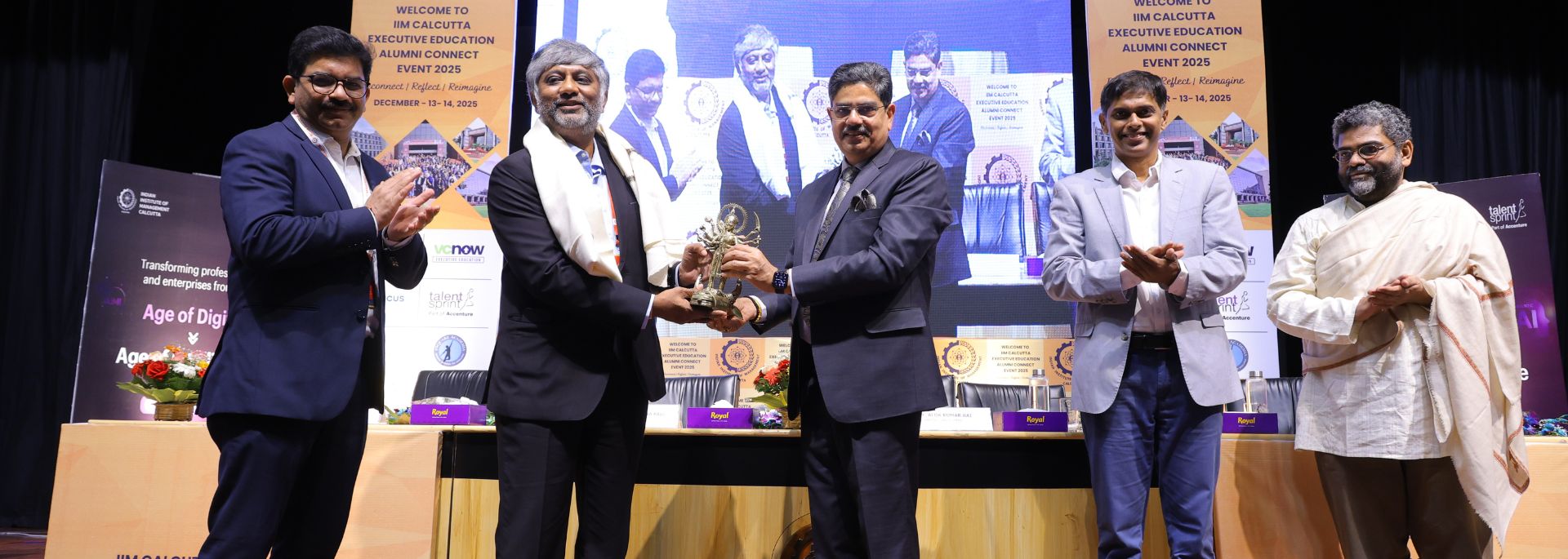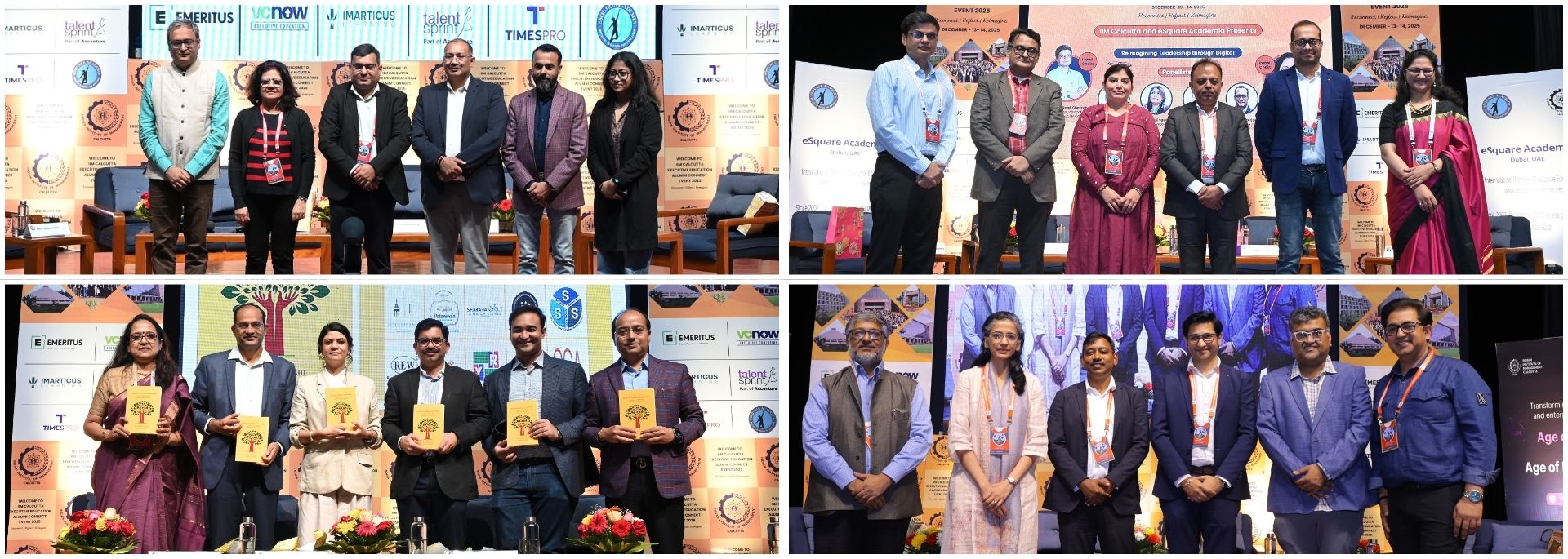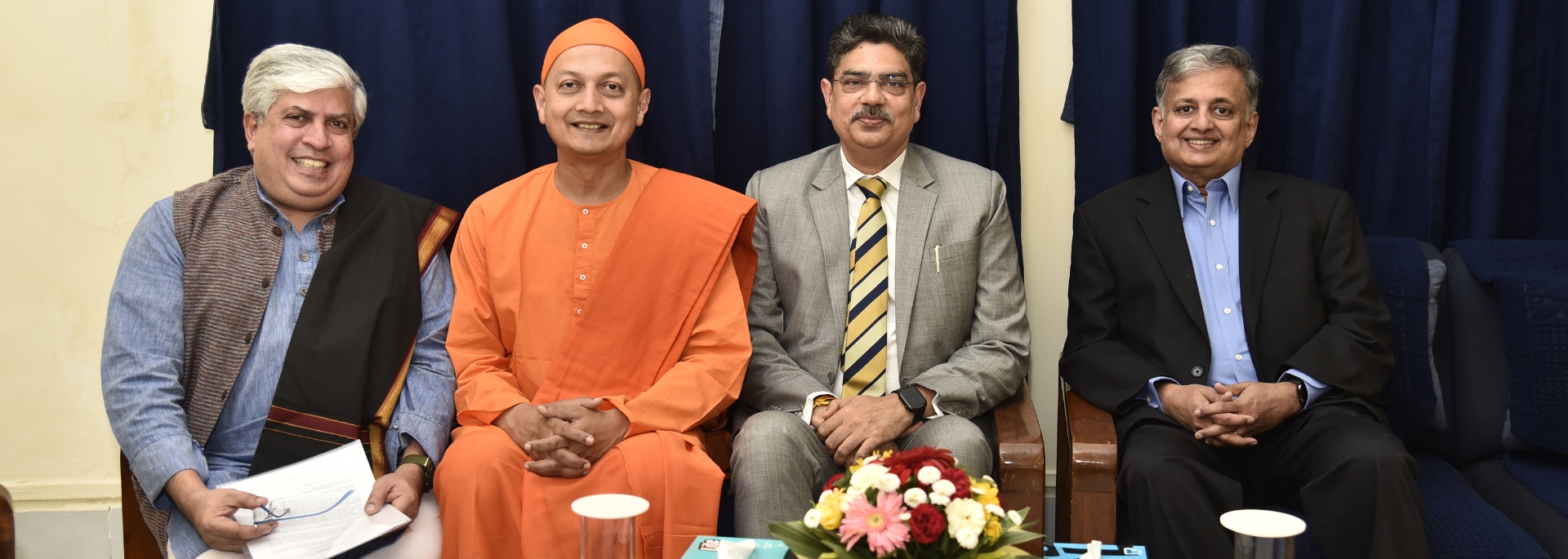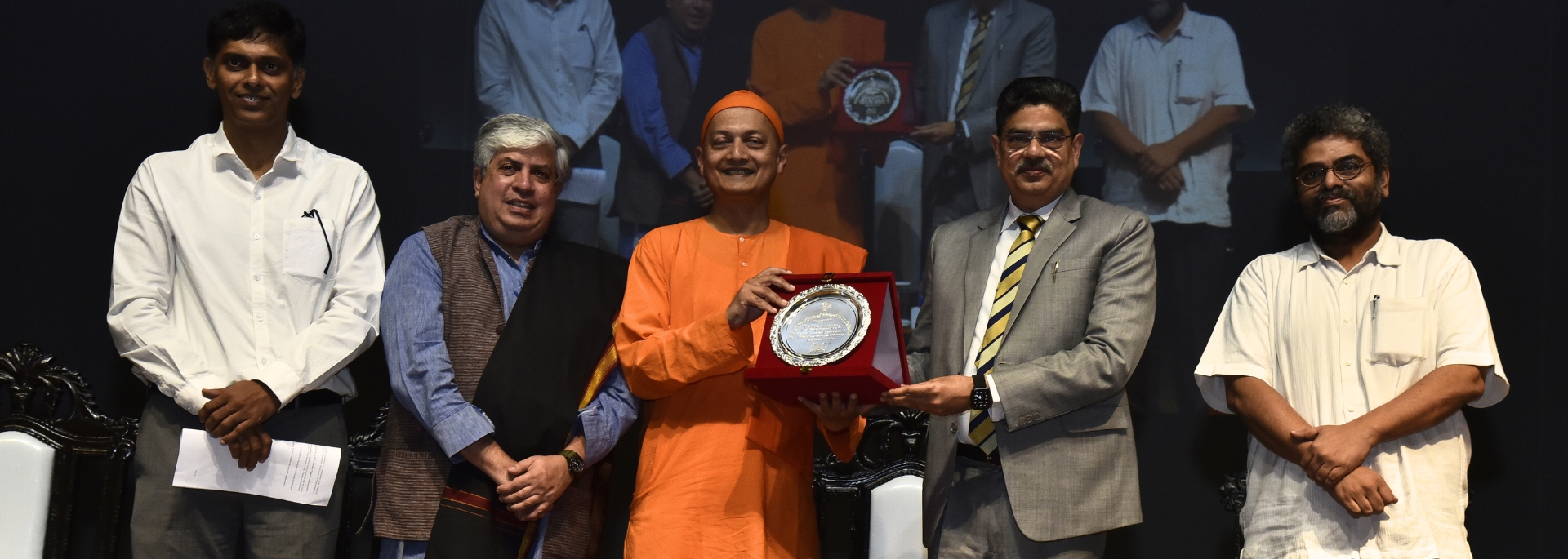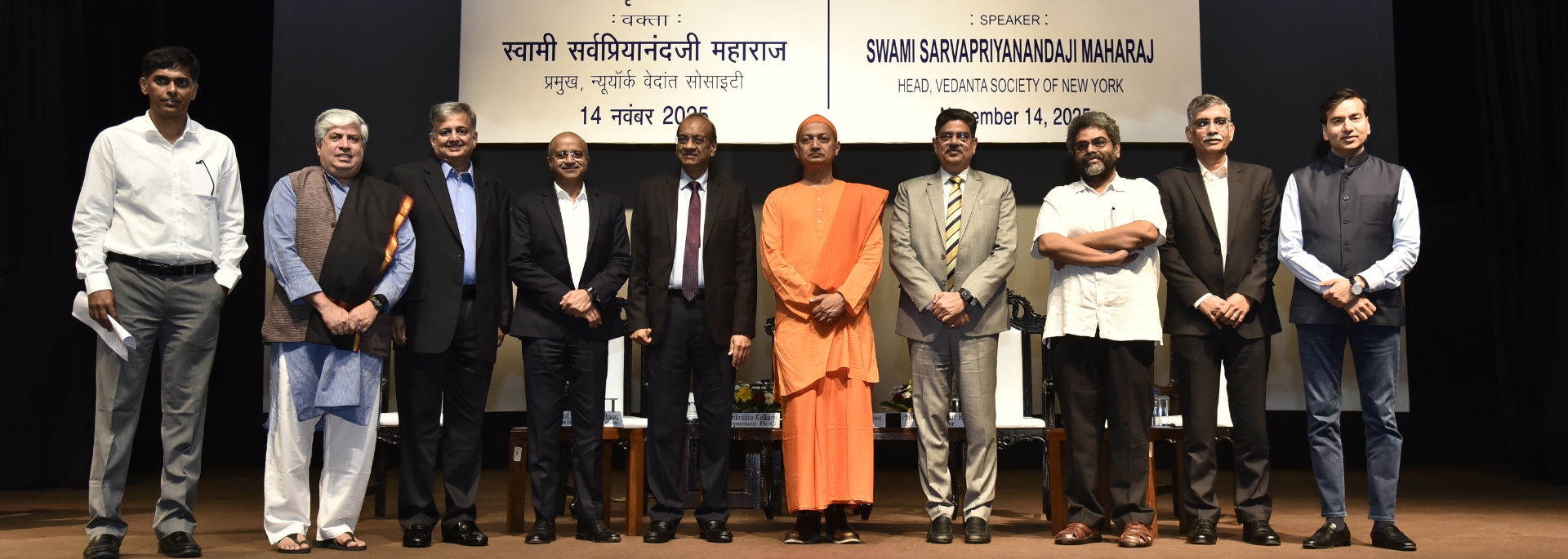I recall the days when I was working as an engineer with one of India’s leading battery brands at its manufacturing facility. We sourced materials for development projects from the local vendor base. I used to visit these bases often and, during one such visit to a vendor called Das Enterprises, I was surprised to find how Mr Das had converted one portion of his house into a full-fledged turning centre with an antiquated lathe, outdated calibration tools and rudimentary cutting tools. He himself was the labourer with no formal qualification or education. The parts he supplied often lacked quality and faltered on promised delivery time. Like a loyal follower, Mr Das though was ever willing to meet any of our needs, but he lacked resources to make complicated mechanical parts. We used to give him orders for standard parts only in case we were not able to source these from anywhere else. Our orders constituted a sizeable proportion of Das Enterprises’ revenues.
Sadly, this is the truth of the unorganised manufacturing sector of India. In spite of their tremendous potential to grow as a valuable supply chain partner, they remain small, under-skilled and outdated.
Unorganised manufacturing accounts for 80% of employment and 33% of income in the Indian manufacturing sector (RBI), compared to 14% on average in the OECD and 9% in Brazil (OECD, 2015). Workers in this sector do not acquire any skills even after spending long years in the industry. The technology used is obsolete. Employees do not exhibit job loyalty to a particular firm and employers evade investing in training them because they fear that the time and cost involved in training will be wasted. All these result in the sector’s inability to maintain quality.
The growth in exports of unorganised manufacturing products of India has not increased because of poor quality of products. After adding a net 12.6 million new jobs between 1993-94 and 2004-05, the sector added slightly over a million new jobs between 2004-05 and 2011-12 (NSSO). The latest competitive industrial performance index ranks India 43rd out of 133 countries, far behind China, but also behind Thailand, Brazil and Indonesia.
India has two manufacturing sub-sectors with a revealed comparative advantage (RCA) than other emerging economies. Although India’s RCA in production of textiles, textile products, leather and footwear sub-sectors is more than 1, China, Indonesia, Thailand and Vietnam have higher RCA values. The exception is “manufacturing not elsewhere classified”, which consists mainly of jewellery, where India has a significant RCA. On the other hand, India displays stronger and more RCAs in several services sectors.
A study by ICRIER (2014) stated that recent economic growth has benefited mostly the organised manufacturing sector, which relies more on capital and skilled workers as opposed to low-skilled workers. Foreign investment in recent years has all been targeted towards the organised sector.
India’s unorganised manufacturing, on the other hand, lacks the incentive to gain scale, productivity and skilled labour to become competitive. Labour regulations force the firms in this sector to stay small and to rely on contractual labour. By staying small, manufacturing firms do not have to comply with key labour regulations as these become applicable above various employment thresholds. More than labour laws, frequent inspection by labour inspectors adds to unnecessary harassment and costs to businesses operating in this sector. Inadequate access to bank credit stalls the growth of this sector, even though it needs to be uplifted along with organised sector to fulfil India’s manufacturing growth story.
A marked increase in the share of imports in the domestic output of machinery and transport equipment industries in India too has depressed the growth prospects of unorganised manufacturing. In the case of export-oriented units, compliance norms are even higher and they act as the biggest deterrent to growth and competitiveness. In addition, both organised and unorganised sectors are affected by hurdles in the form of unreliable supply of energy, lack of proper transport facilities, complicated land acquisition norms and taxation rules.
So, what are the steps to make the unorganised manufacturing sector the biggest employer of young India (over 600 million people below the age of 25 years)?
Introduction of more flexible labour laws that aim at social and labour protection conditions for all workers irrespective of the status, size and activity of the firm is needed. Industry and academia have to work together to spin out graduates who are trained for the right job. At the same time, a gradual but definite change in the “mindset” needs to be inculcated. People should respect work and move away from the mentality of acquiring degrees/certificates to acquiring skills in line with industry expectations to get a job. Academic learning should be integrated with industry exposure through workshops where students can interact and learn from professionals as well as on-the-job training through internships.
While the government builds world-class infrastructure, it needs to recognise that future manufacturing leaders will be created in classrooms. Identifying areas of future employment growth, estimating the skill gap and developing the requisite skillsets in the workforce in a phased yet timely manner require strong collaboration between government, industry and academia.
The author is a professor at IIM Calcutta




